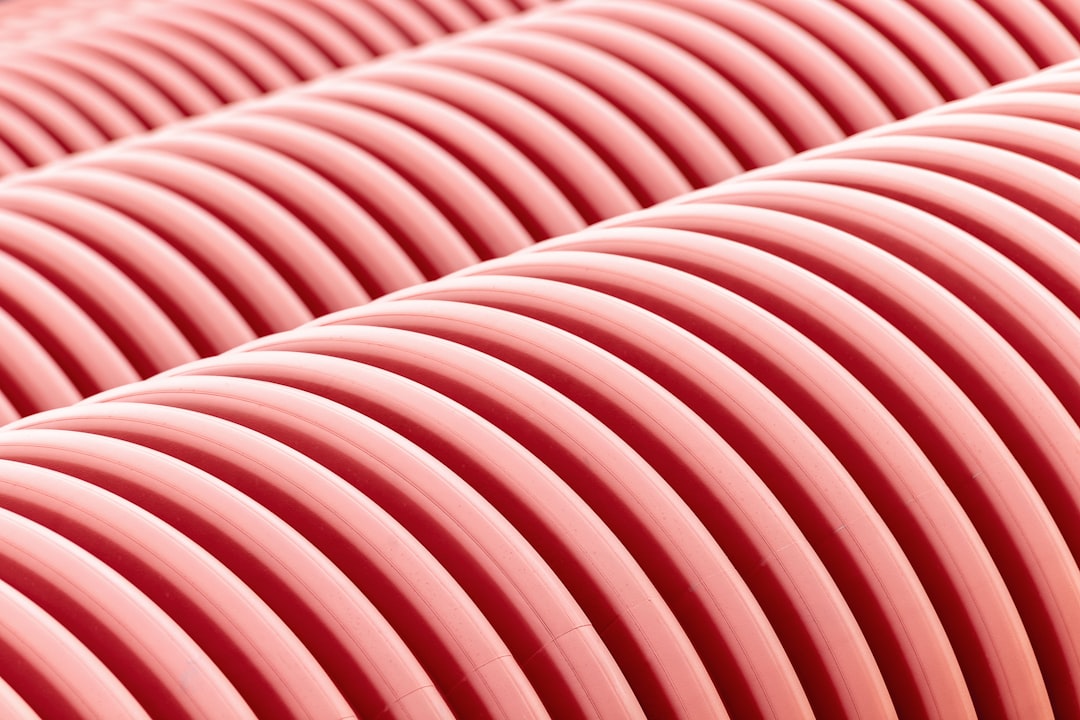Table of Contents
- Introduction
- The impact of **Plumbing pipe burst repair** on households
- Factors contributing to **Plumbing pipe bursts**
- **Plumbing issues** caused by frozen pipes
- Preventive measures against **Plumbing pipe bursts**
- Signs of potential **Plumbing pipe bursts**
- Conclusion
- Frequently Asked Questions
Introduction
Welcome to the bustling city of [city], where beneath the surface lies a hidden network of pipes responsible for the essential task of delivering water to its residents. However, these vital pipelines are not immune to the forces of nature and human influence, often leading to unexpected and disruptive pipe bursts. In this article, we will delve into the top causes of pipe bursts in [city], shedding light on the underlying factors that contribute to this common yet serious issue. From aging infrastructure to fluctuating temperatures, [city] faces a unique set of challenges that put its water system at risk. Join us as we uncover the mysteries behind these sudden ruptures and explore the impact they have on the daily lives of [city]’s inhabitants.
The impact of **Plumbing pipe burst repair** on households
Plumbing pipe burst repair can have a significant impact on households, both financially and emotionally. When a pipe bursts in a home, it can lead to water damage that affects the structure of the house, as well as the belongings inside. The cost of repairing the pipe burst itself, along with the damage caused by the water, can be substantial and may not always be fully covered by insurance.
Additionally, the disruption to daily life caused by a pipe burst can be stressful for households. Water damage may require residents to temporarily vacate the premises while repairs are being made, leading to inconvenience and potential additional expenses for alternative accommodation.
Furthermore, the aftermath of a pipe burst may involve dealing with mold remediation and restoration efforts to ensure the home is safe to inhabit again. Overall, plumbing pipe burst repair can have a lasting impact on households, highlighting the importance of regular maintenance and prompt action in addressing any plumbing issues.
Factors contributing to **Plumbing pipe bursts**
Plumbing pipe bursts can occur due to various factors, with some of the most common causes being:
1. Freezing Temperatures: In cold climates, water inside the pipes can freeze and expand, leading to increased pressure and potential pipe bursts.
2. Corrosion: Over time, pipes can corrode due to chemical reactions in the water or soil, weakening the structure and making them more susceptible to bursting.
3. Clogs: Build-up of debris, grease, or other materials can create blockages in the pipes, causing pressure to build up and eventually result in a burst.
4. High Water Pressure: Excessive water pressure can strain the pipes beyond their capacity, causing them to rupture.
5. Aging Pipes: As pipes age, they may deteriorate, become brittle, or develop weak points, increasing the likelihood of bursts.
6. Physical Damage: Accidental damage from construction, tree roots, or shifting soil can also lead to pipe bursts.
**Plumbing issues** caused by frozen pipes
One of the most common plumbing issues caused by frozen pipes is pipe bursts. When water inside a pipe freezes, it expands and creates pressure within the pipe. This pressure can cause the pipe to burst, leading to water leakage once the ice thaws. Pipe bursts can result in significant water damage to your property, requiring costly repairs and cleanup.
Preventing frozen pipes is crucial to avoid this issue. Proper insulation of pipes in cold areas, keeping faucets dripping during very cold weather, and ensuring adequate heating in vulnerable areas can help prevent pipes from freezing. If you suspect a pipe has frozen, it’s important to act quickly to thaw it out before it bursts. Using heating sources like electric heating pads or hairdryers can help thaw the ice without causing damage to the pipe.
Preventive measures against **Plumbing pipe bursts**
Preventive measures against plumbing pipe bursts include regular maintenance of the plumbing system. Inspecting pipes for any signs of wear and tear, corrosion, or leaks can help identify potential issues before they lead to a burst. It is important to address any minor leaks promptly to prevent them from escalating into larger problems.
Proper insulation of pipes in areas exposed to cold temperatures can prevent freezing, which is a common cause of pipe bursts during winter. Ensuring that pipes are well-insulated and protected can help maintain their integrity and prevent freezing-related issues.
Monitoring water pressure and regulating it to a safe level can also help prevent pipe bursts. High water pressure can put stress on pipes, leading to leaks and bursts. Installing a pressure regulator can help control water pressure and protect the plumbing system.
Signs of potential **Plumbing pipe bursts**
There are several signs that may indicate potential plumbing pipe bursts. One common sign is a sudden decrease in water pressure, which can be caused by a leak in the pipes. Another sign is the presence of damp or discolored walls, ceilings, or floors, as this could indicate water leaking from the pipes. Unexplained increases in water bills may also suggest a hidden pipe burst, leading to water wastage. Bubbling or hissing sounds coming from the pipes may indicate air trapped in the system due to a leak. In addition, the presence of a musty or foul odor in certain areas of the property can be a sign of standing water from a burst pipe. Finally, if you notice water stains or mold growth in areas that shouldn’t be wet, it could be a clear indication of a hidden pipe burst. It is essential to address these signs promptly to prevent further damage and costly repairs.
Conclusion
Don’t wait until it’s too late! If you’re facing plumbing issues or suspect a pipe burst, call 573-555-2121 now for expert assistance. Our team is ready to help you with prompt and reliable plumbing services. Remember, quick action can save you from costly damages and inconvenience. Contact us today for professional help!
